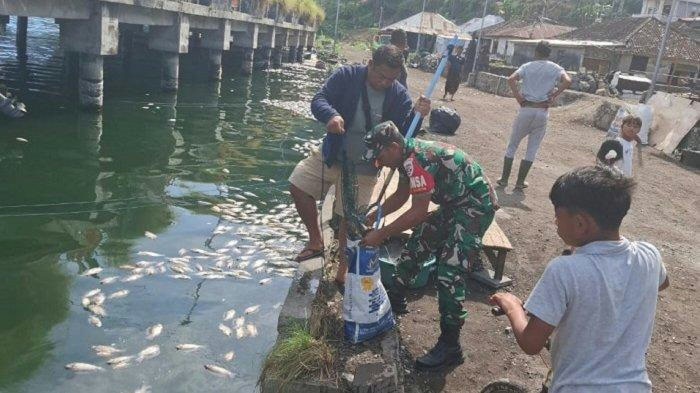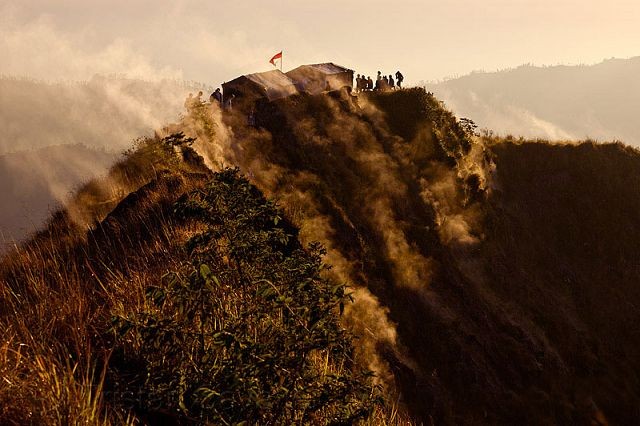Mass fish deaths have begun in Lake Batur in the Kintamani area. According to the Bangli district's agriculture, food security, and fisheries department, the count is in thousands. The cause is the annual sulfur emissions from the bottom; as they rise, they sharply reduce the oxygen level in the water. This year, the process started on July 8 and is developing faster than usual.

The lake is located at an altitude of about a thousand meters within the giant caldera of the active Batur volcano — the largest freshwater body in Bali, whose waters nourish the surrounding rice terraces and hot springs; its volcanic origin makes the ecosystem particularly sensitive to sulfur emissions and sharp temperature fluctuations.
Whitish 'tongues' of water with a sharp odor have already changed the lake's usual blue color. According to the head of the fisheries department, I Wayan Agus Wirawan, this phenomenon is linked to upwelling — the rise of cold layers from the bottom caused by cool temperatures, rain, and wind from July to September. The upwelling was not recorded in the previous two years, but the current weather conditions have proved decisive.
Fish farmers rearing tilapia in floating cages were the hardest hit. By July 12, about 70 tons of fish had died, and losses exceeded 2.1 billion rupiahs (at 30,000 rupiahs per kilogram). Fish farmer I Made Wardjaya lost over 200 million rupiahs: 5.5 tons of tilapia from his 40 cages died.
Farmers are asking the authorities for help with fish fry to restore the farms and conduct in-depth research on sulfur emissions to take preventive measures in advance. Authorities recommend residents not approach the cages, allow the fish to come up for oxygen, temporarily stop feeding, and urgently catch fish ready for sale to reduce losses.
Sources: detik, tribunnews

You can add one right now!